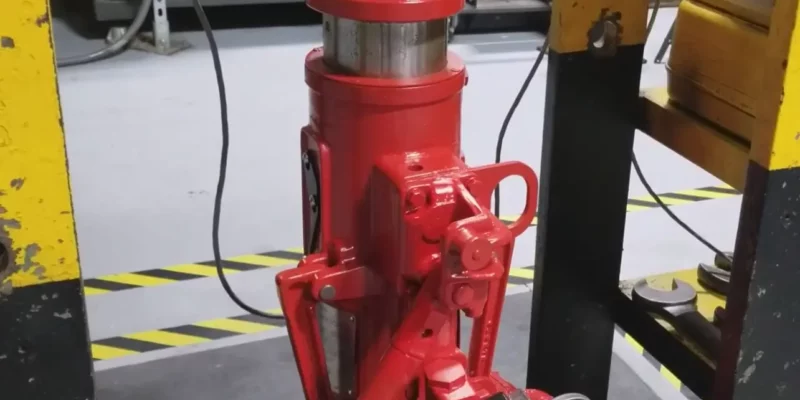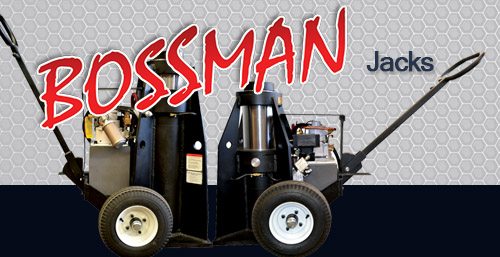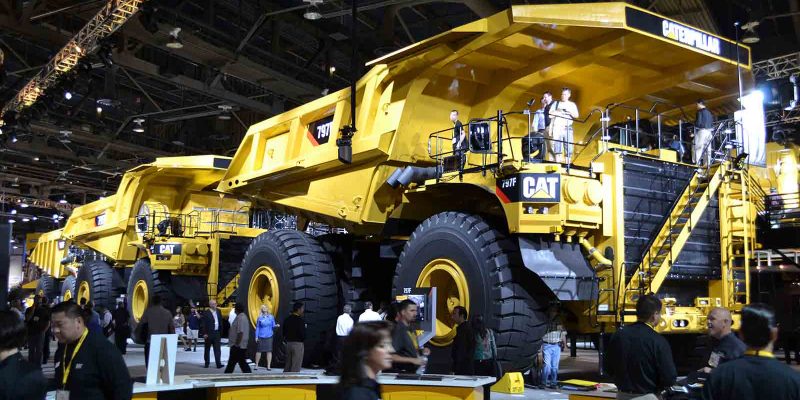Hydraulic Jacks: Their Industrial Applications and Benefits
Hydraulic jacks are powerful tools that use hydraulic pressure to lift heavy loads. They are commonly used in various industries, including construction, mining, and automotive. They also have a wide range of applications, from lifting cars to supporting bridges.
That said, this article will discuss their industrial applications and benefits, thus, revealing why they are a worthy investment.
a) Their Industrial Applications
Construction Industry
In the construction industry, hydraulic jacks are used to lift and support heavy loads. For example, when constructing a tall building, they are utilized to lift the steel beams and hold them in place while they are bolted together. They are also used to lift heavy machinery and equipment during installation or maintenance. Their use makes it easier and safer to lift heavy loads, reducing the risk of accidents and injuries.
Mining Industry
In the mining industry, hydraulic jacks are used to support the weight of the roof in underground mines. They are also used to lift heavy equipment such as drilling rigs and excavators. They are essential in mining operations as they can provide the necessary support to prevent cave-ins and other accidents.
Automotive Industry
In the automotive industry, hydraulic jacks are commonly used to lift cars for repairs or maintenance. They are also used in car manufacturing to lift and position heavy components such as engines and transmissions. They are preferred over other types of jacks because they can lift heavy loads with relatively low force.
b) Their Main Benefits
Efficiency
Hydraulic jacks are very efficient when it comes to lifting heavy loads. They can lift more weight with less force compared to other types of jacks. This makes them ideal for industrial applications where heavy loads need to be lifted frequently. They are also faster and require less effort to operate, which saves time and energy.
Safety
Hydraulic jacks are much safer to use than other types of jacks. They are designed to lift heavy loads with minimal effort, reducing the risk of accidents and injuries. They have a built-in safety valve that prevents them from being overloaded, which can cause them to fail or even explode. This makes them a popular choice in industries where safety is a top priority.
Versatility
Hydraulic jacks are very versatile, and they can be used in a wide range of applications. They can lift heavy loads of different shapes and sizes, making them ideal for use in construction, mining, and automotive industries. They are also available in different sizes and capacities, allowing them to be used for different types of jobs.
Durability
Hydraulic jacks are designed to last for a long time, and they are able to handle severe use in a variety of industrial settings. They are constructed using high-quality materials that are able to withstand adverse working circumstances as well as temperatures that are extremely high. They also require nothing in the way of repairs and replacements, so they are simple to keep up and easy to maintain.
Wrapping it Up
Hydraulic jacks are essential tools in various industries, including construction, mining, and automotive. They offer many benefits, including efficiency, safety, versatility, and durability. They are designed to lift heavy loads with minimal effort, reducing the risk of accidents and injuries. They are also versatile and can be used in different applications, making them an ideal choice for various industries. Finally, hydraulic jacks are built to last, and they require minimal repairs and replacements, making them a cost-effective option for businesses.
If you are looking for a great source of hydraulic jack parts, look no further than our high-quality selections here at Duff-Norton Air Motor Jacks. Our product line includes heavy duty lifting devices with capacities of 150 tons designed for applications in the railroad, mining, construction, and shipbuilding industries. Call us today for more information about our available hydraulic jacks and their pricing.



